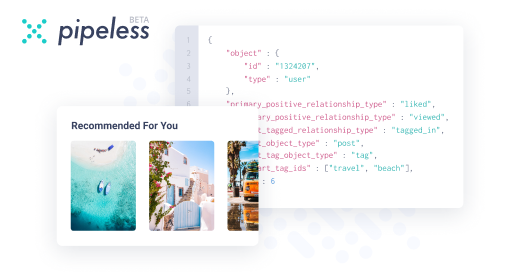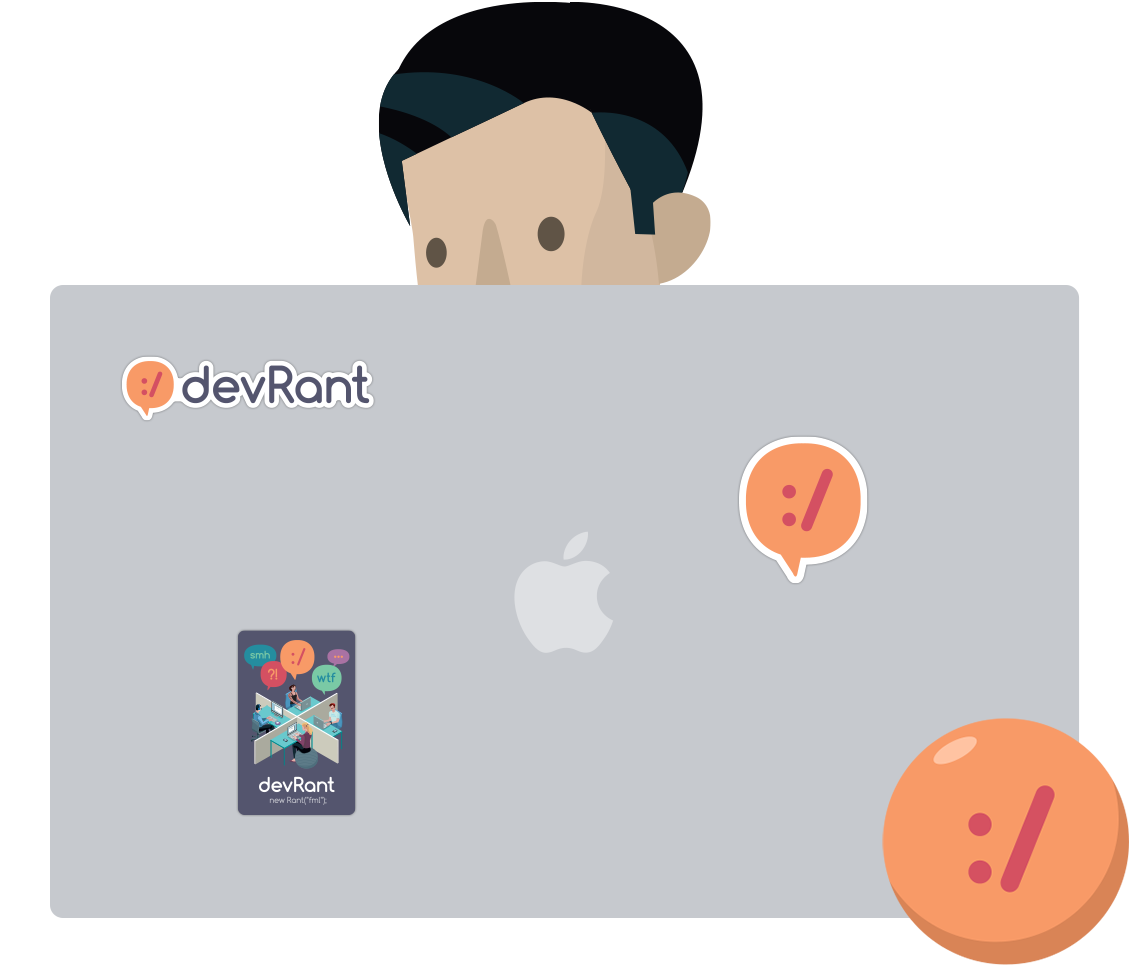Join devRant
Do all the things like
++ or -- rants, post your own rants, comment on others' rants and build your customized dev avatar
Sign Up
Pipeless API

From the creators of devRant, Pipeless lets you power real-time personalized recommendations and activity feeds using a simple API
Learn More
Search - "mobile device management"
-
During one of our visits at Konza City, Machakos county in Kenya, my team and I encountered a big problem accessing to viable water. Most times we enquired for water, we were handed a bottle of bought water. This for a day or few days would be affordable for some, but for a lifetime of a middle income person, it will be way too much expensive. Of ten people we encountered 8 complained of a proper mechanism to access to viable water. This to us was a very demanding problem, that needed to be sorted out immediately. Majority of the people were unable to conduct income generating activities such as farming because of the nature of the kind of water and its scarcity as well.
Such a scenario demands for an immediate way to solve this problem. Various ways have been put into practice to ensure sustainability of water conservation and management. However most of them have been futile on the aspect of sustainability. As part of our research we also considered to check out of the formal mechanisms put in place to ensure proper acquisition of water, and one of them we saw was tree planting, which was not sustainable at all, also some few piped water was being transported very long distances from the destinations, this however did not solve the immediate needs of the people.We found out that the area has a large body mass of salty water which was not viable for them to conduct any constructive activity. This was hint enough to help us find a way to curb this demanding challenge. Presence of salty water was the first step of our solution.
SOLUTION
We came up with an IOT based system to help curb this problem. Our system entails purification of the salty water through electrolysis, the device is places at an area where the body mass of water is located, it drills for a suitable depth and allow the salty water to flow into it. Various sets of tanks and valves are situated next to it, these tanks acts as to contain the salty water temporarily. A high power source is then connected to each tank, this enable the separation of Chlorine ions from Hydrogen Ions by electrolysis through electrolysis, salt is then separated and allowed to flow from the lower chamber of the tanks, allowing clean water to from to the preceding tanks, the preceding tanks contains various chemicals to remove any remaining impurities. The whole entire process is managed by the action of sensors. Water alkalinity, turbidity and ph are monitored and relayed onto a mobile phone, this then follows a predictive analysis of the data history stored then makes up a decision to increase flow of water in the valves or to decrease its flow. This being a hot prone area, we opted to maximize harnessing of power through solar power, this power availability is almost perfect to provide us with at least 440V constant supply to facilitate faster electrolysis of the salty water.
Being a drought prone area, it was key that the outlet water should be cold and comfortable for consumers to use, so we also coupled our output chamber with cooling tanks, these tanks are managed via our mobile application, the information relayed from it in terms of temperature and humidity are sent to it. This information is key in helping us produce water at optimum states, enabling us to fully manage supply and input of the water from the water bodies.
By the use of natural language processing, we are able to automatically control flow and feeing of the valves to and fro using Voice, one could say “The output water is too hot”, and the system would respond by increasing the speed of the fans and making the tanks provide very cold water. Additional to this system, we have prepared short video tutorials and documents enlighting people on how to conserve water and maintain the optimum state of the green economy.
IBM/OPEN SOURCE TECHNOLOGIES
For a start, we have implemented our project using esp8266 microcontrollers, sensors, transducers and low payload containers to demonstrate our project. Previously we have used Google’s firebase cloud platform to ensure realtimeness of data to-and-fro relay to the mobile. This has proven workable for most cases, whether on a small scale or large scale, however we meet challenges such as change in the fingerprint keys that renders our device not workable, we intend to overcome this problem by moving to IBM bluemix platform.
We use C++ Programming language for our microcontrollers and sensor communication, in some cases we use Python programming language to process neuro-networks for our microcontrollers.
Any feedback conserning this project please? 8
8 -
So we started a new Unity video game project for mobile in June 2021. Hooray!
Being a mobile project, one of the earliest things we think about is scaling the interface across all sorts of device screen resolutions and aspect ratios, right? Well, to preemptively solve this problem early on, I decided to letterbox the game view - just choose one aspect ratio for the game and pad black bars to the sides of the screen. Simple, solves the game's world space problem without trying too hard, and it automatically adapts to Android's split-screen mode.
I showed the early builds to management as well as game design team and they gave me some general nods. Sounds like green light ahead. I spent the next few months building the game logic and scale the UI around a consistent letterboxed game view. If you had experience scaling Unity UI to a letterboxed area, you should already knew that it takes a whole paradigm of its own that's kinda hard to break out of, but the fact that it stays consistent across all screen aspect ratios is so worth it. Regardless, the biggeer benefit of letterboxing is simpler world space setup. You don't worry about whether this particular area will be overflowed horizontally or vertically in a particular device or not. You have a 9:16 window to view the world through, nothing needs to move at runtime and that's about it.
Fast-forward to early September 2021 and 40+ builds later, the GD started having concern that the playing area is not filling up his phone screen and that the letterboxes are bothering him. He wants to get rid of the letterboxes and wants the game world as well as UI to fill up his screen.
Yes. After 40+ builds, for all of which the letterbox was present, nobody in the project raised a concern about the letterbox. It's only NOW that they all of the sudden side with the GD and demand the removal of the letterbox. I feel like almost half of my effort on this game has been wasted. These clueless guys didn't spend one second looking at the early builds thinking of the possibility that the black bars at the top and bottom of their phone screens (which I repeat: has been around since the very first build) is gonna bother them? Somebody must be playing a cruel joke at this company. They had all the chances to bring this up as a potential issue and TODAY is the first time I hear of it.
See, designers. You waste our time and your time by doing this kind of thing. Please raise your issues early. Complain to us ASAP. If you wait for so long before raising an issue that has been in-your-face the whole time, I can't fault any developer for assuming you're trying to play a long prank. I can tell designers right now: it's not funny.1 -
🔥👽🤘🏻
I've been CRUSHING it lately, so stoked!!!
**Also, this means that in the near future something will crush me because I have a few subjects on deck I need to lock down.
1. Deno
2. TypeScript(deep dive)
3. CPP (currently 75% done with my 2nd masterclass, first one complete)
4. Multi-platform local device storage (Sqflite/mongoDB/shared preferences/Hive)
5. REST/api/requests/json management && application
6. Implementing Firebase authentication using Apple, Twitter, and mobile OTP
7. Cloud functions && server scripting/automation
8. Intro to embedded systems/OS/kernels
9. Steadily improve my code style, design strategies, and build patterns that are team friendly && provide easier code base maintainibilty
10. Influence, teach, and/or spark the interest of someone new to development in any possible- all that matters is getting new people on board, making sure they are stoked about, and last but not least making sure they feel welcome in the community and are able to start off in the right direction.
cheers, ya fockers!!!!
-
Three Layers of Security
As InfoWorld notes, all smartphones have three basic
elements of security. Your first major task as a mobile
user is to become aware of these layers and enable them
in your devices:
1. Device Protection: Allowing remote data "wiping" if your
device is ever lost or stolen.
2. Data Protection: Preventing corporate data from being
transferred to personal apps running on the same device
or personal network
3. App-Management Security: Protecting your in-app
information from becoming compromised. 6
6 -
I'm building an Android app from ground up targeting to have functionalities added without much effort in succeeding phases.
What I'm pissed about mobile development at the moment though, is its lack of structured code base that is easy to follow. Unlike web where codes are modularized and well placed, in mobile, I kept going back and fort in different modules to see how they are used in all places in the project which made it tedious as time goes.
So I kept a notepad keep track of detailed flow. However, once I go back at the notes to place them on top of your head, the almost spaghetti-like structure just becomes very hard to track. For me it doesn't follow a pattern and that developers are free to do what ever they wish so as long as it can run in the device or emulator.
For instance, implementing concurrency as well as dependency management and a Clean architecture is such a pain. I hope i can relate to someone here.
If only there is a standardized way of structuring codes in android in Java or Kotlin (haven't tried this), there would be hope for me. So if anyone can provide a good, readable, reliable android project that I can start building my project on top of, your help will be greatly appreciated! Thanks for reading. -
VantageMDM is a comprehensive solution to manage android kiosk mode. Limit devices to single app or multiple apps, restrict web access, block camera, hardware buttons and much more!1
